JANUARY 2021



JANUARY 2021


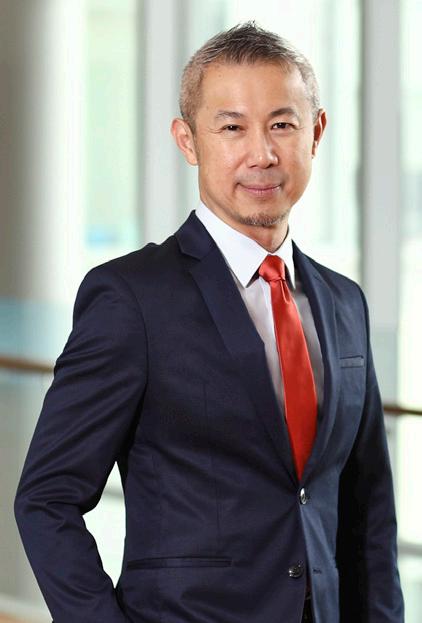
Over the past 12 months, every facet of society has been tested. With vaccines and continued social responsibility, the world will inevitably emerge from the pandemic. However, to emerge stronger and smarter, societies must recognise the vulnerabilities unveiled by COVID-19, particularly in the systems that we rely on for healthcare as well as economic and social growth. These vulnerabilities may be people centric, or represent technology gaps, but in each case, require urgent solutions to safeguard them from future disruptions.
NUS’ research community stepped up during Singapore’s ‘Circuit Breaker’ period, lending both resources and expertise, to contain a growing threat to the country, and ensure everyone was prepared to adopt new practices that would ultimately enable the economy to reopen.
As research activities resumed mid 2020, we began to ask how the NUS research community could best collaborate and commit their collective knowledge, expertise and research capabilities towards fnding solutions that would not only make a direct impact on the global fght against COVID-19, but provide the community with solutions to the many needs that resulted from the pandemic.
In doing so, we established a new multidisciplinary grant scheme called the Reimagine Research Initiative. This scheme would provide seed funding to researchers looking to seize the opportunity for research in emerging areas, post-COVID-19. We are happy to see the frst batch of recipients tackling issues that range from data science to social policy formulation, and look forward to the new ideas that will be brought forward through this initiative.
In spite of the challenges over the past 12 months, the University has also continued to forge new research partnerships, and build upon existing national-level programmes that connect and synergise industries across Singapore. One such programme that received a boost in 2020 is the Quantum Engineering Programme, which aims to translate quantum science in to industry-led solutions. With the second phase of funding, quantum science researchers from around Singapore can aim to build quantum safe networks, and seek quantum computers that accelerate problem-solving in supply chain management and fnance.
Also receiving a second phase of funding is AI Singapore, a national-level programme hosted at NUS, and integrated into the Smart Nation Research Cluster at the innovation 4.0 building. With additional funding from the Government of Singapore, the platform will continue to support Singapore’s industry transformation efforts, with the AI makerspace pillar added to support a wide range of AI innovation activities – from experimentation, to prototype development and industry adoption.
With a deeper appreciation for problem-driven research and a focus on collaborative, interdisciplinary approaches, the NUS research community is well placed to rejuvenate their research in 2021.
Professor Chen Tsuhan Deputy President (Research and Technology)

Research publications 3125 countries 161

Our researchers collaborated with institutes and universities from
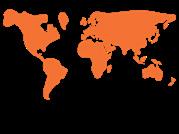
4

Research Centres of Excellence
17

Schools and Faculties

5 Corporate Laboratories
31 Research Institutes and Centres


Total research funds awarded by external sources
NUS Research is centred on eight integrative research clusters. These are ageing, Asian studies, biomedical science and translational medicine, fnance and risk management, integrative sustainability solutions, maritime, materials science and smart nation.
From industry and other government sources (local and overseas)
Total awarded by the Ministry of Education Awarded by the National Research Foundation
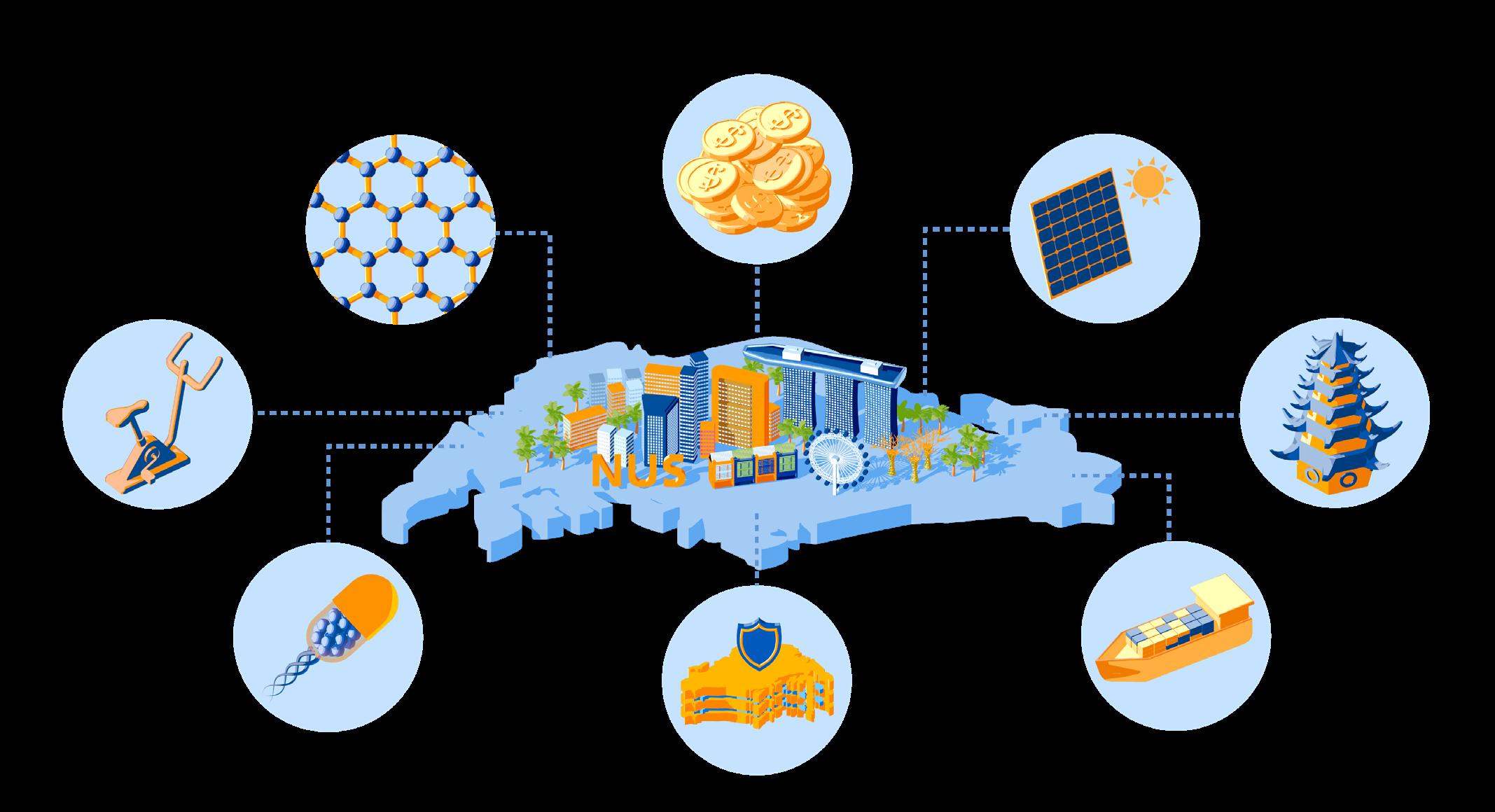

Our researchers work to innovate and develop solutions that meet the present and emerging needs of Singapore, Asia, and the world.

Dr Andrew W. Holle joins NUS from the Max Planck Institute for Medical Research. His work aims to discover the molecular mechanisms underlying mechanosensitive differentiation of migrating stem cells, and understand the role of cell confnement in this process. This could open up new translational approaches for differentiated cell purifcation and tissue assembly. Dr olle will be based at the Mechanobiology Institute, Singapore, one of three Research Centre’s of Excellence hosted by NUS.
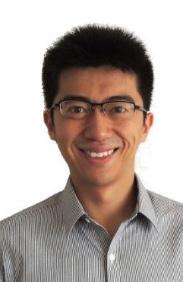
Dr Li Qianxiao, who has also received the NUS Presidential Young Professorship in 2019, will continue his work within NUS Mathematics. With the NRF Fellowship, Dr Li aims to develop a comprehensive theory on the interplay of learning and composition structures, which will be able to expand the applicability of deep learning to scientific disciplines beyond image and natural language processing. Through his work Dr Li will investigate the association between dynamical systems and deep learning, and analyse how this association enables deep learning applications in science.
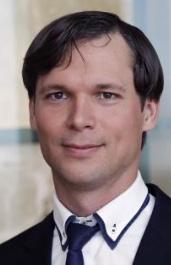
Dr Sergey Kozlov, will continue is research in the Department of Chemical and Biomolecular Engineering. With the NRF Fellowship, Dr Kozlov aims to circumvent constraints in the computational catalyst design by enhancing the activity of nanostructured catalysts through tailored metal-oxide interactions. By removing constraints in the rational catalyst design, Dr Kozlov will provide a way to engineer new catalysts for the most challenging reactions with a transformative effect on the chemical industry globally.
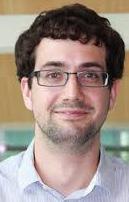
Dr Daniel Rex Richards, joins NUS Biological Sciences from the Natural Capital Singapore. His research seeks to understand the urban natural capital at a global scale by combining ecology with complexity science. pecifcally, his work will focus on identifying general principles in the ecological impacts of urbanisation and applying this knowledge through simulation to evaluate future scenarios of urban change.
Six NUS researchers have been awarded the prestigious National Research Foundation Fellowship, Class of 2021. The fellowship is awarded annually and pro ides early career researchers with a f e-year research grant of up to D million, to conduct independent, ground-breaking research, in Singapore.
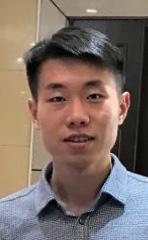
Dr Zheng Shou, joins NUS Department of Electrical and Computer Engineering from Facebook AI. With the NRF Fellowship, Dr Shou aims to develop next-generation video intelligence systems that can accurately and efficiently predict the future and intention of atomic actions, and learn knowledge about how to perform complex high-level events. Allowing machines to have future prediction, intention inference of atomic actions, learn knowledge of high-level events and have a rapid understanding of actions and events, will enable machines to acquire human-like abilities that will be beneficial for scientific merit and create real-world impact.

Dr Lei Wang, joins NUS Chemical and Biomolecular Engineering from Stanford University. His work will focus on producing sustainable fuels and chemicals by controlling electrocatalytic carbon dioxide reduction. The knowledge obtained in Dr Wang’s research will provide insights on how to control the reaction process and deliver electrocatalytic CO2 reduction with greatest effciency.

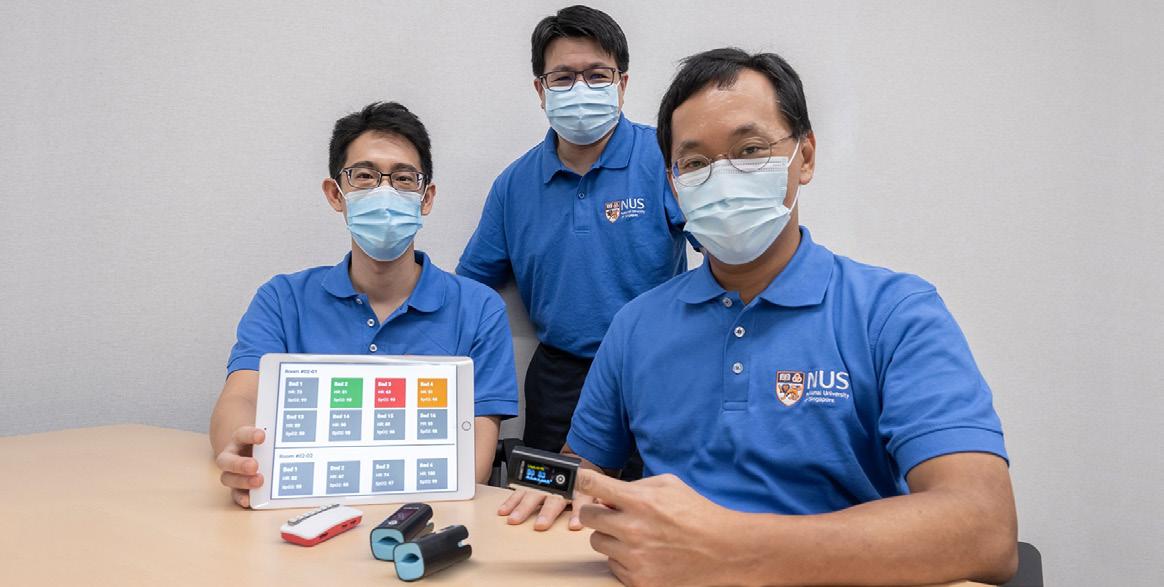
As part of the ongoing efforts to combat COVID-19, Temasek Foundation brought together NUS, National University Hospital (NUH) and Singapore General Hospital (SGH) to develop an open-sourced system that wirelessly collects measurements of oxygen levels taken from Bluetooth-enabled pulse oximeters, and presents the data neatly on a dashboard. This compilation is quicker and more efficient compared to the current method of manually writing down the readings, which then requires additional manpower to consolidate the data electronically.
Pulse oximeters measure the level of oxygen saturation in the blood. Collecting data on oxygen levels is crucial because people with COVID-19 may suffer from “silent hypoxia”, a dangerous condition in which they do not outwardly appear to be short of breath, but are confirmed to be so through a pulse oximeter test.
Currently, workers living in the dormitories are required to measure and record their oximeter readings twice a day, as part of the precautionary measures that are in place at the dormitories. With the NUS system, the time-consuming task of manually collecting and sending pulse oximeter measurements from thousands of individuals could be automated.
The development of this new system was led by Assistant Professor John Ho from the NUS Institute of Health Innovation and Technology, together with Associate Professor Arthur Tay from NUS Electrical and Computer Engineering and Dr Yen Shih-Cheng from NUS Engineering’s Innovation and Design Programme. This project was also supported by the National Research Foundation.
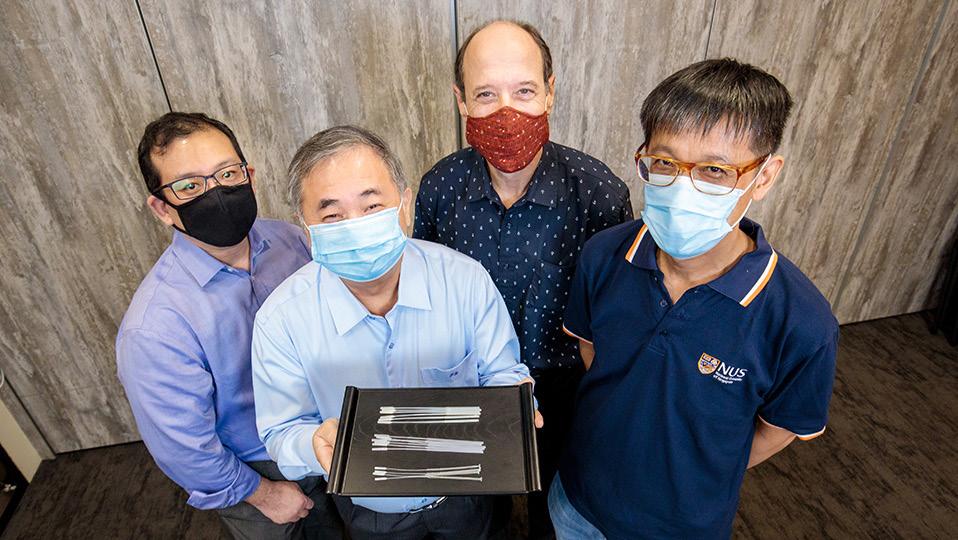

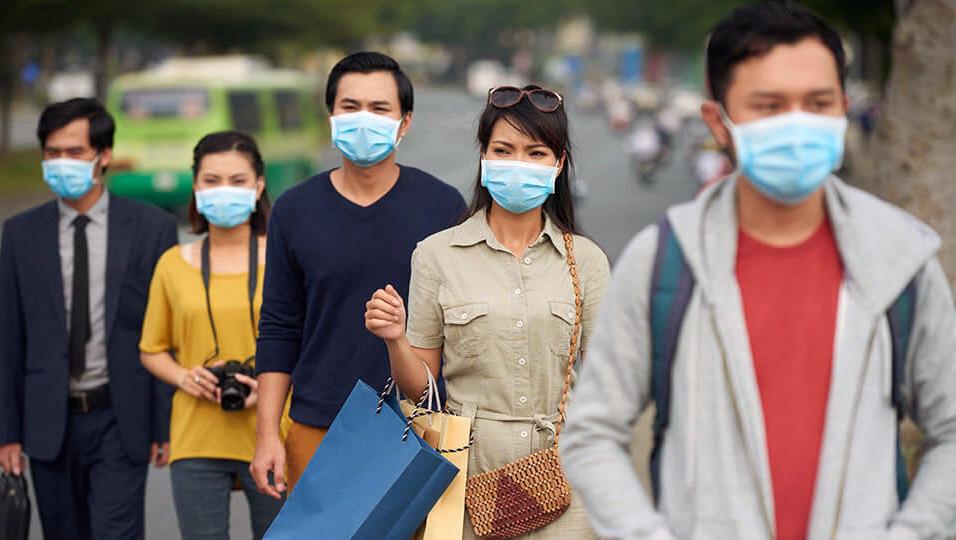

SARS-CoV-2 variant that causes less severe infections discovered
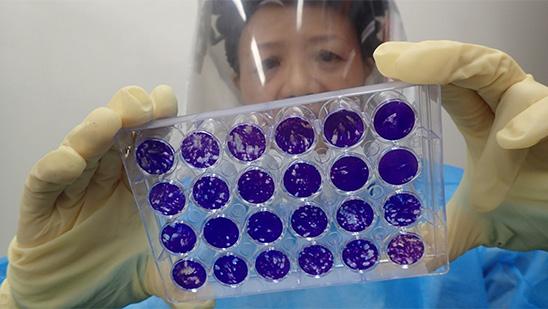

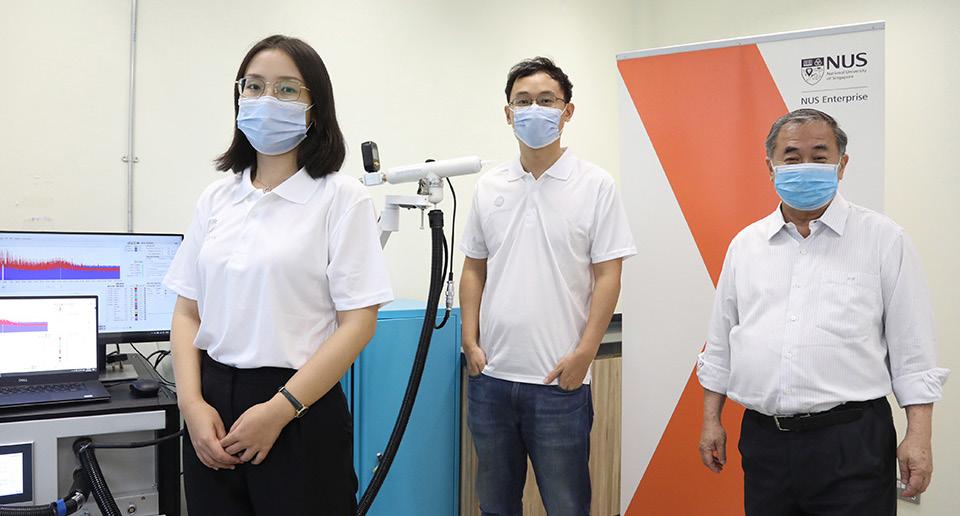

Breathonix
Pte Ltd, a spin-off company from NUS founded by Dr Jia Zhunan (left) and Mr Du Fang (middle) , has developed an easy-to-use breath test to detect COVID-19 within a minute. This game-changing technology, which is belie ed to be the frst in sia, achieved more than 90 per cent accuracy in a Singaporebased pilot clinical trial that involved 180 patients.
This work was supported by the NUS Graduate Research Innovation Programme (GRIP), a scheme that encourages the University’s talented graduate students and research staff to establish and run high potential start-ups based on deep technologies.
apid identifcation of indi iduals who are COVID-19 positive is crucial for contact tracing and helps to reduce virus transmission. The current gold standard for COVID-19 screening involves a swab test, which may be uncomfortable, and diagnosis using polymerase chain reaction (PCR) tests can take a few hours.
The revolutionary breath analysis technology developed by Breathonix offers a fast and convenient solution to identify COVID-19 infection. It works by detecting Volatile Organic Compounds (VOCs) present in a person’s exhaled breath.
Dr Jia explained, “VOCs are consistently produced by various biochemical reactions in human cells. Different diseases cause specifc changes to the compounds, resulting in detectable changes in a person’s breath profle. s such, VOCs can be measured as markers for diseases like COVID-19.”
The test is simple to administer. A person only needs to blow into a disposable mouthpiece connected to a high-precision breath sampler. The exhaled breath is collected and fed into a cutting-edge mass spectrometer for measurement. A machine learning software analyses the VOC profle and generates the result in less than a minute.
“The disposable mouthpiece that our system uses has a one-way valve and a saliva trap, preventing inhalation and any saliva from entering the machine. This makes crosscontamination unlikely,” said Mr Du, Chief Operating Offcer of reathoni .
If assessed to be suitable, this breath analysis platform could potentially be deployed in airports to facilitate the recovery of the tourism sector, as well as in places with high human traffc, such as dormitories.

NUS and ST Engineering are collaborating on a S$9 million, multi-year advanced digital technologies research programme to further their common goals of building a people-centric, smart future for Singapore and beyond.
Research efforts of this new programme will focus on technologies related to Smart City as well as Smart Maintenance, Repairs and Overhaul (MRO), covering f e areas resource optimisation and scheduling prescripti e analytics decision and sense-making reasoning engine and machine learning as well as digital twin. These research areas support ST Engineering’s focus on developing differentiated and people-centric, smart city solutions that meet the present and future needs of cities around the world. The interdisciplinary research areas are also aligned with NUS’ endeavours as a driving force behind smart city innovations, leveraging its deep expertise that spans multiple domains and faculties.
Helmed by Associate Professor Aaron Chia from NUS Industrial Systems Engineering and Management as its Director, and Mr Jinson Xu, Head of the Data Analytics Strategic Technology Centre at ST Engineering, as its Co-Director, the programme will frst focus on two key research projects to lay the foundations for digital transformation and Industry .
Use the QR codes to access the full articles online
As the backbone of smart city solutions, the EDP is a e ible, modular and scalable artifcial intelligence I platform that will support all the AI methodological areas, enabling the synthesis of disparate data sources and other internal or external systems, to orchestrate cross-vertical data and insights from customers and partners. All AI models derived from research projects under this programme will be integrated onto a common AI engine stacked within the EDP, paving the way for future-ready platforms that catalyse technology transformation and create new information-based revenue streams.
In this project, researchers will develop algorithms that alle iate traffc congestion by using a holistic urban traffc ow smoothening approach based on traffc data analytics and AI technologies. Examples include traffc state estimation and prediction, in addition to effecti e acti e traffc control and management strategies identifcation and implementation. his will have future applications as autonomous vehicle technologies, 5G infrastructure and machine-tomachine (M2M) technologies start to mature and proliferate.
Professor Chen Tsuhan, NUS Deputy President (Research & Technology), said, “As Singapore advances its position as a Smart Nation, having the right enterprise architecture to support those goals will determine if true digital transformation can be achieved. Over the years, NUS and ST Engineering have enjoyed a close and productive relationship. This new collaboration will combine NUS’ expertise in the science of cities with ST Engineering's industry knowledge to co-create people-centric Smart City solutions that will form the foundational systems to bring about not just impactful, but radical, change to the lives of people in Singapore and the world.”
r arris Chan, Chief Digital Offcer and Chief echnology Offcer at ngineering, said, his collaboration with NUS will allow us to delve deeper into the application of AI in new domains to catalyse the pipeline of next-generation technologies and solutions that address the evolving urban challenges that cities will continue to face. ST Engineering and NUS bring unique strengths to this partnership and we are confdent that this programme will pro ide our research and engineering talents with opportunities to enrich their knowledge and deepen their expertise through real-world applications, paving the way for the development of impactful innovations that create more vibrant and sustainable cities of the future.”

The Monetary Authority of Singapore (MAS), the National Research Foundation (NRF) and the National University of Singapore (NUS) will be jointly setting up a research institute that will develop deep capabilities to support the needs of digital fnancial ser ices in Asia. The Asian Institute of Digital Finance (AIDF) will provide thought leadership and strengthen synergies between education, research and entrepreneurship in the thri ing area of digital fnance. It is e pected to begin operating by the end of this year.
Hosted at NUS, AIDF will offer a Master’s programme and award scholarships to outstanding students to pursue research at the doctoral level, as well as train post-doctoral fellows in Digital Finance and FinTech. Through its education programme, the AIDF will build the FinTech leadership pipeline for Singapore and the wider region.
AIDF will be led by Professor Duan Jin-Chuan, the Jardine Cycle & Carriage Professor of Finance at the NUS Business School. A steering group, comprising Professor Ho Teck Hua, Senior Deputy President and Provost of NUS, Mr. Sopnendu Mohanty, Chief in ech Offcer at , and thought leaders from the fnancial and technology industries, will pro ide guidance on curriculum design and align AIDF’s research direction with strategic priorities in Singapore and the region. The steering group will also evaluate the impact of AIDF’s research and identify opportunities for collaboration and partnerships in Asia and beyond.
The AIDF faculty will bring together deep expertise in Finance, Technology and other disciplines that are critical to integrating fnancial ser ices with technology. hese include
a. inance domain ayments, Credit Lending, Financial Advisory & Wealth Management, Retail & Corporate banking and Financial Markets
b. echnology domains Digital rchitecture, Digital Platforms, Big Data, Distributed Technology, Tokenisation, Cloud Computing, UX/UI design, rtifcial Intelligence and achine earning
AIDF will pursue foundational and inter-disciplinary research projects covering fundamental digital infrastructure, performance optimisation of business processes, and advanced application development research on cyber, fraud and anti-money laundering challenges. he institute will also de elop fnancial services to meet sustainability and resiliency needs. otential areas of focus include
a. Digital Assets and Ledger Technology
b. rtifcial Intelligence and achine earning
c. Digital Finance Platforms
d. Green Finance Technology
e. Next-Gen Financial Services on 5G networks
The regional research institute will also establish a unique “Fincubator” programme that will promote entrepreneurship and provide the support to drive transformation of ideas and projects by promising students and entrepreneurs into market-ready products and services. Potential areas of focus include
a. Applied research for commercialisation
b. Incubation of fnancial solutions to sol e unmet digital fnancial ser ice needs of sia
c. Industry collaboration to provide comprehensive mentorship to build marketready solutions
d. Strengthened linkages with investor community to spur research commercialisation

Use the QR codes to access the full articles online

Singapore, like much of the world, faces a rapidly ageing population. Globally, increasing life expectancy paired with decreasing birth rates will see the number of elderly e ceed the number of children aged below 1 , by . his demographic shift will present signifcant social, economic and health challenges, including decreased workforce, increased pressure on healthcare and social services, and increased economic burdens from the growing costs of elderly healthcare and public services.
Preparing for such an outlook requires societies to seek advancements in research, innovation, and entrepreneurism, particularly in the feld of healthy longe ity, which encompasses sustained physical, mental, social health and well-being while ageing.
With this in mind, one NUS awardee, Dr Goh Jor Ming, will explore the impact of exercise, and in particular, its frequency, intensity, and duration, on healthspan. Dr Goh, together with Professor Brian Kennedy from NUS Biochemistry and NUS Physiology, and Professor Dean Ho from NUS Biomedical Engineering and the N.1 Institute for Health (N.1), will utilise an artifcial intelligence platform known as C . I, to correlate e ercise to treatment effcacy or training-induced adaptations. After each week of exercise, CURATE.AI will optimise the subsequent week’s training session to either
increase, maintain or decrease exercise intensity, based on the individual’s maximum oxygen utilisation, heart rate and lactate concentrations during exercise. To maximise public health efforts for primary prevention and healthspan, Dr Goh believes that exercise ought to be personalised. This project aims to encourage people to remain active and engage in regular exercise through routines that are personalised to their physiological characteristics.
10 projects from NUS were awarded up to US$50,000 each to initiate research into bold, innovative ideas that could extend the human health span and promote healthy ageing
Another awardee, Dr Irwin Cheah, will study the association between ergothioneine levels and the onset of age-related disorders, to establish a baseline for healthy levels of ergothioneine in the blood. Dr Kee, together with Dr Feng Lei from NUS Psychological Medicine and Professor Barry Halliwell from NUS Biochemistry, have recently discovered a correlation between decreasing levels of ergothioneine with age and the onset of certain neurodegenerative disorders. They believe that the decline in blood ergothioneine levels may be a contributing factor towards age-related conditions commonly found in the elderly, and will seek to determine the effect of supplemental ergothioneine on preventing or slowing down the onset of these conditions to extend healthy longevity.
The Healthy Longevity Global Grand Challenge founded by the US National Academy of Medicine (NAM) is a worldwide initiative to accelerate innovation that improves physical, mental, and social wellbeing for people as they age.
The Challenge comprises an evidence-based report and a competition which accelerates breakthroughs in health longevity through a series of monetary awards and pri es. In the frst round of the competition, the Catalyst Phase, 10 projects from NUS were awarded up to US$50,000 each, to initiate research into bold, innovative ideas that could extend the human healthspan through disease prevention, mobility, functionality, social connectedness and longevity.
Through their respective projects, the researchers will seek to understand how gene expression patterns and biomarkers, as well as nutrient, protein, molecular and cellular functions, are associated with ageing. he awardees are
r rwin heah NUS Department of Biochemistry
ssociate rofessor Marie eroni ue lement NUS Department of Biochemistry
ssociate rofessor Thameem heen NUS Department of Anatomy
rofessor Roger Foo NUS Department of Medicine
ssociate rofessor lfredo Franco bregon iHealthtech
ssociate rofessor an a hanna NUS Department of Physiology
ssistant rofessor a riram Mathuru Yale-NUS
r oh or Ming NUS Department of Physiology
ssistant rofessor ai olepalli NUS Department of Anatomy
r ataitip Tasena NUS Department of Biochemistry
From mid-2021, Catalyst Award winners will be able to share their work with policymakers, researchers, potential investors, and fellow innovators from around the world at the annual public Innovator Summit.
Seven researchers from NUS have been elected Fellows of the Singapore National Academy of Science (SNAS), an organisation that has the dual remit of promoting the advancement of science and technology in ingapore, as well as representing the scientifc opinions of its members.
he prominent researchers elected are op owProfessorAntonio Helio Castro Neto, Professor Barry Halliwell, rofessor im Chwee eck, iddle ow - rofessor iu in, Professor Ng Huck Hui, Professor Sow Chorng Haur and (Bottom Row) Professor Yu Hao.
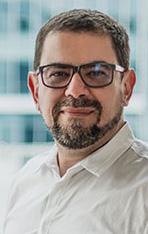

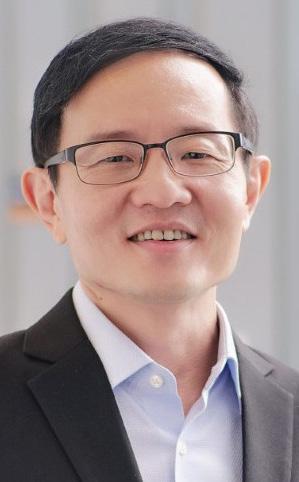
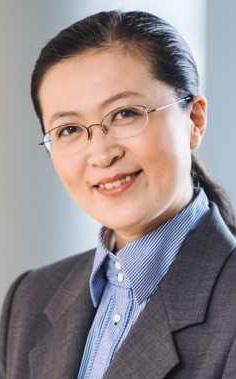


Use this QR code to access the full article online

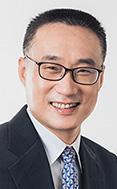
Use this QR code to access the full article online

Researchers from NUS have been placed among the world’s most highly cited. This is according to the newly unveiled list of Highly Cited Researchers™ 2020 by Clarivate.
he hotly anticipated annual list identifes researchers who demonstrate signifcant in uence in their chosen feld by publishing several highly cited papers during the last decade. Their names are drawn from the publications that rank in the top 1 per cent by citations for feld and publication year in the Web of Science™ citation index.
A total of 25 NUS researchers have been named in this year’s list. These NUS researchers were recognised by their peers as outstanding in the felds of Chemistry, Clinical edicine, Computer Science, Economics and Business, Engineering, Materials Science, Physics, Neuroscience and Behaviour and more.
This year, more than 6,000 researchers in 21 felds were selected based on the number of highly cited papers they produced over 11 years from January 2009 to December 2019.
The methodology that determines the “who’s who” of researchers draws on data and analysis performed by bibliometric experts at the Institute for cientifc Information at Clari ate. It uses a unique compilation of science performance metrics and trend data based on scholarly paper publication counts and citation data.
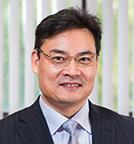
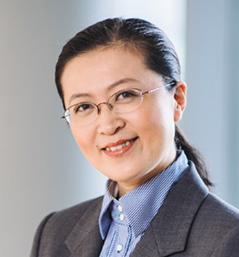
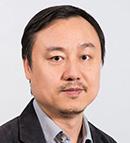

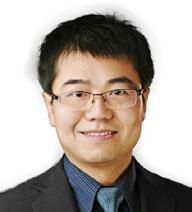


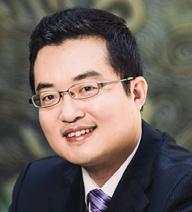
Use this QR code to access the full article online
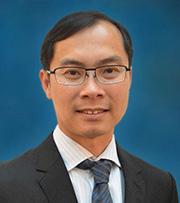
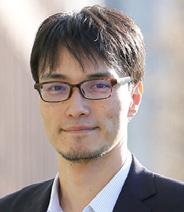
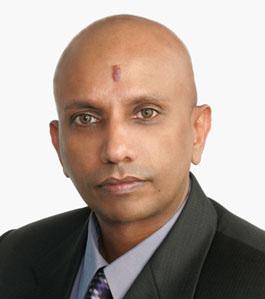
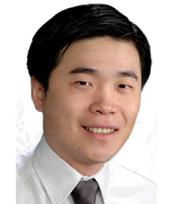
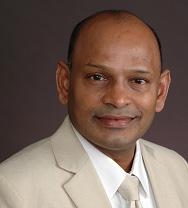

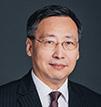


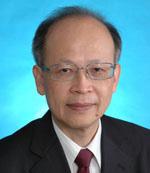
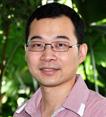



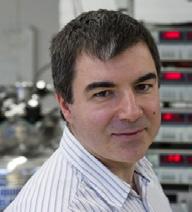
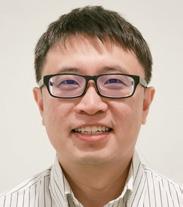
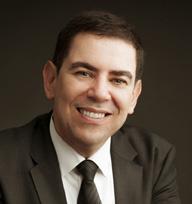

The NUS Centre for Trusted Internet and Community (CTIC) has developed LetsCheck, an online platform that lets users check fake claims about the coronavirus against reputable scientifc sources.
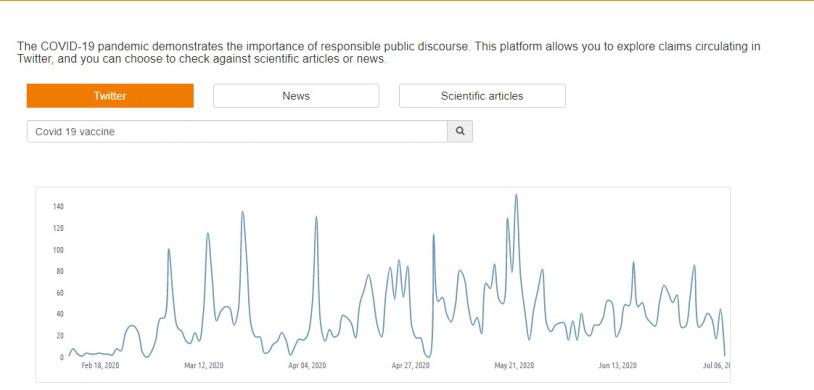
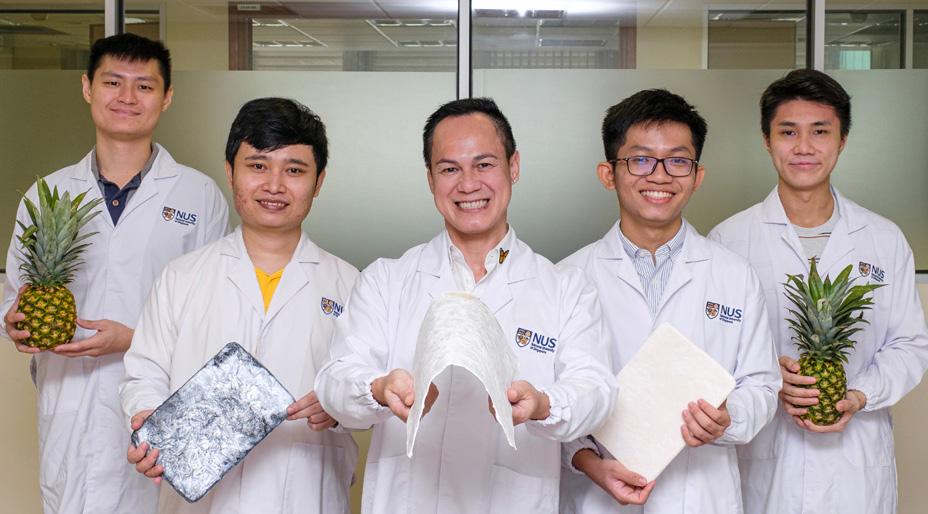
Associate Professor Duong Hai-Minh and his team from NUS Mechanical Engineering developed a technique that converts pineapple leaf fbres into ultra-light, biodegradable aerogels.
Assistant Professor John Ho from NUS iHealthtech and and team developed a smart suit that can be wirelessly powered by a smartphone.
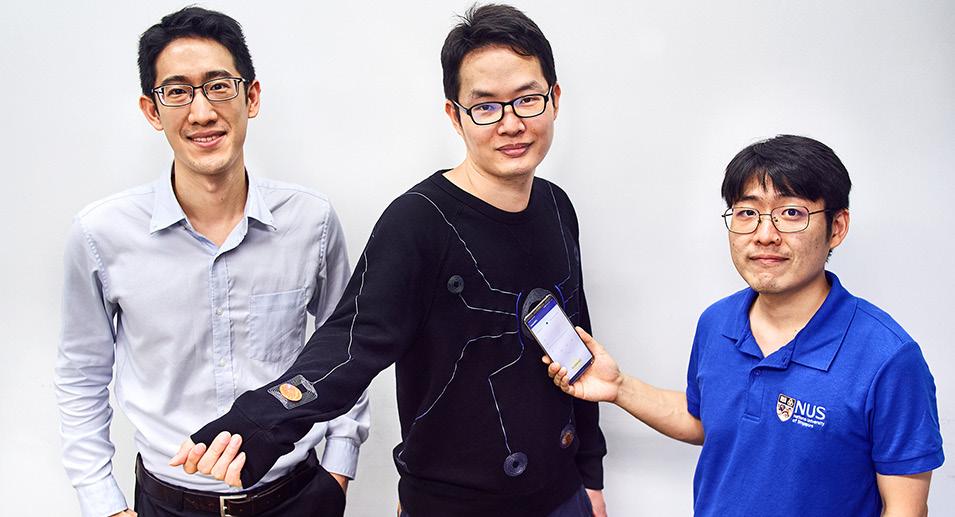

Associate Professor Yan Ning, Assistant Professor Zhou Kang and team from NUS Chemical and Biomolecular Engineering has developed an integrated upcycling process to produce high-value amino acids from waste materials.
Assistant Professor Anand Jeyasekharan and Associate Professor Edward Chow from CSI, developed an AI-driven digital medicine platform called Quadratic Phenotypic Optimisation Platform (QPOP) to help doctors make better clinical decisions.
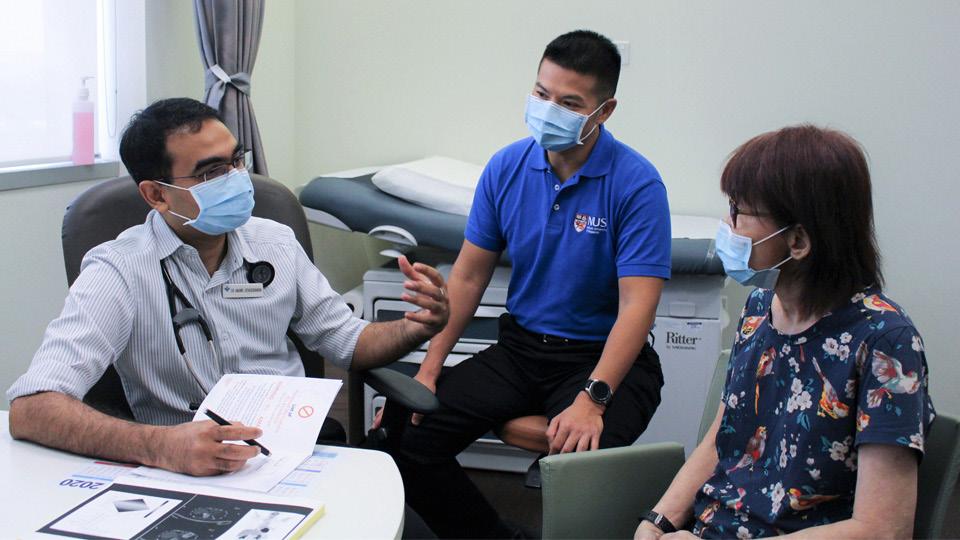
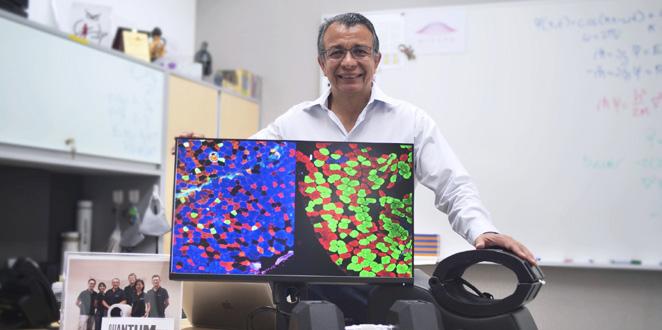
Associate Professor Alfredo Franco-Obregón from NUS iHealthtech identifed a molecule that promotes muscle health when magnetised.
More high impact discoveries and innovations at NUS Research News

Common standards will accelerate digitalisation and unify operations of global maritime and port industries

The Centre of Excellence in Modelling and Simulation for Next Generation Ports (C4NGP) under NUS Engineering is collaborating with 12 international partners to form an alliance, with the aim of creating a set of programming guidelines to accelerate digitalisation and unify the operations of global maritime and port industries.
The new global alliance brings together researchers, solution developers, governments, port operators, information technology (IT) systems developers and other players in the port and maritime industries to collaborate, create and adopt a set of computer and software application descriptive language standards, known as PortML (Port Mark-up anguages . When completed, ort will be the frst-e er uni ersal descriptive language standards for the port and maritime community.
sing ort , port modelling, designs, confgurations and information could be developed in formats that are compatible across all stakeholders in the industry. For example, the adoption of a common descriptive language can better support and augment the development of innovative digital twin capabilities and solutions. This can bring about labour effciencies, optimised operational costs, and port effciencies.
This new initiative was unveiled by Professor Chew Ek Peng, Director of C4NGP, during his presentation at the Singapore Maritime Institute (SMI) Forum which was held at the NUS Innovation 4.0 (i4.0) building and also broadcasted virtually.
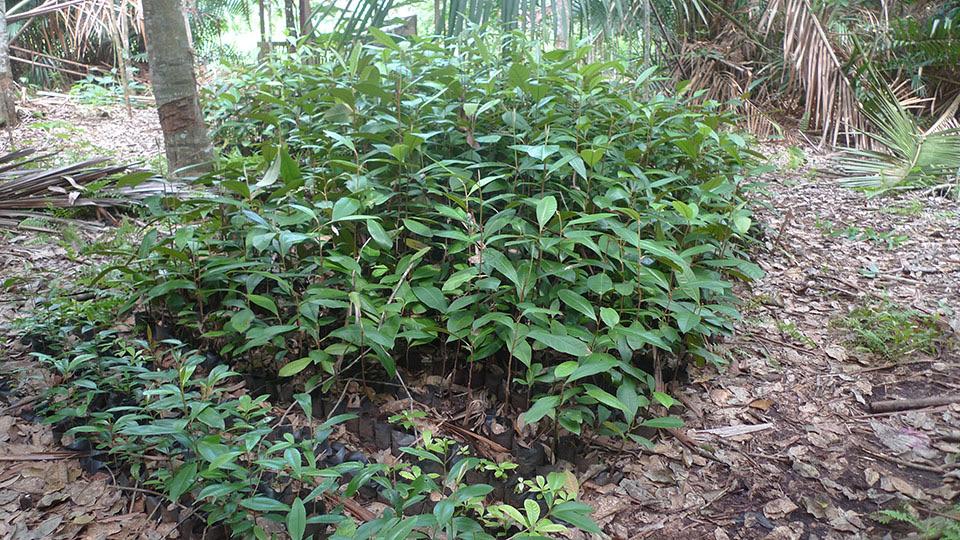
Nursery seedlings beginning to fourish in Sungai Tohor, Riau, after a community-based peatland restoration project. (Photo: Assistant Professor Janice Ser Huay Lee)

Reforestation is a promising nature-based climate solution. However, there are practical considerations beyond the suitability of land for planting trees, such as fnancial, land-use and operational constraints, which can limit its outcomes and thus need to be taken into account. A recent study led by researchers from NUS found that these constraints could limit the climate mitigation potential of reforestation in the Southeast Asian context. Understanding how these constraints operate helps inform the prioritisation of cost-effective reforestation and investment opportunities. heir fndings were published in the ournal ature Climate Change on 1 August 2020.


Picking up a can of soft drink may be a simple task for humans, but this is a complex task for robots - it has to locate the object, deduce its shape, determine the right amount of strength to use, and grasp the object without letting it slip. Most of today’s robots operate solely based on visual processing, which limits their capabilities. In order to perform more complex tasks, robots have to be equipped with an exceptional sense of touch and the ability to process sensory information quickly and intelligently.
A team of computer scientists and materials engineers from NUS has recently demonstrated an exciting approach to make robots smarter. They de eloped a sensory integrated artifcial brain system that mimics biological neural networks, which can run on a power-effcient neuromorphic processor, such as Intel s oihi chip. his no el system integrates artifcial skin and vision sensors, equipping robots with the ability to draw accurate conclusions about the objects they are grasping based on the data captured by the vision and touch sensors in real-time.
he feld of robotic manipulation has made great progress in recent years. However, fusing both vision and tactile information to provide a highly precise response in milliseconds remains a technology challenge. Our recent work combines our ultra-fast electronic skins and nervous systems with the latest innovations in vision sensing and AI for robots so that they can become smarter and more intuitive in physical interactions,” said Assistant Professor Benjamin Tee from NUS Materials Science and Engineering. He co-leads this project with Assistant Professor Harold oh from Computer cience. he fndings of this cross-disciplinary work were presented at the renowned conference obotics cience and Systems conference in July 2020.
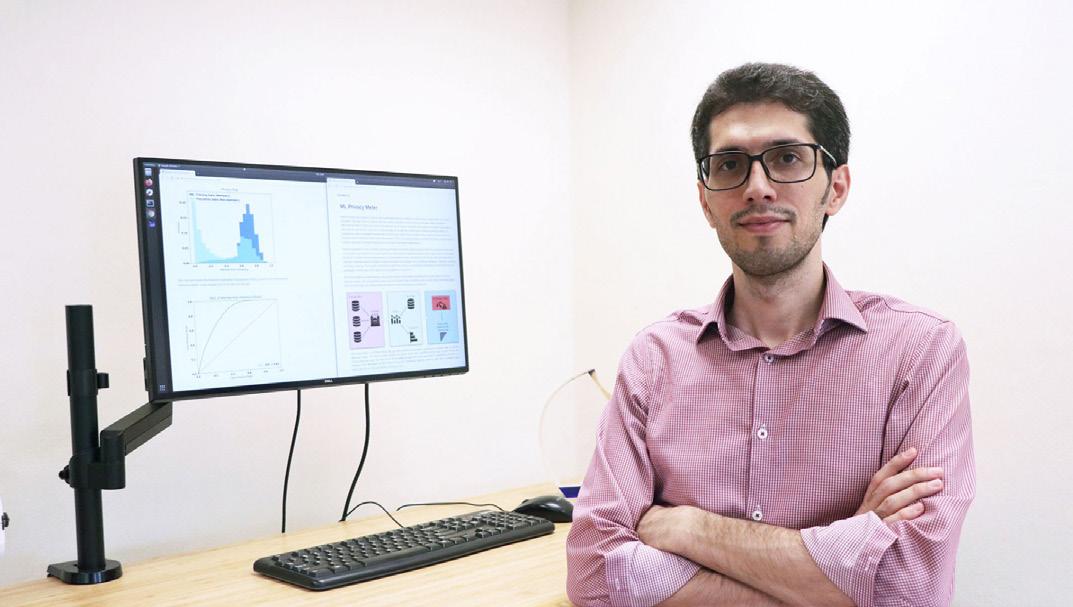

In recent years, security and privacy researchers have shown that AI models are vulnerable to inference attacks that enable hackers to extract sensitive information about training data.
To address this problem, Asst Prof Shokri, who is also NUS Presidential oung rofessor, and his team de eloped a full- edged open-source tool that can help companies determine if their AI services are vulnerable to inference attacks.
Coined the “Machine Learning Privacy Meter” (ML Privacy Meter), their innovative breakthrough is the development of a standardised general attack formula. This general attack formula provides a framework for their AI algorithm to properly test and quantify various types of membership inference attacks. The tool is based on the research led by the NUS team in the last three years. Before the development of this method, there was no standardised method to properly test and quantify the privacy risks of machine learning algorithms, which made it diffcult to pro ide a tangible analysis.
Asst Prof Shokri and his co-authors had previously presented the theoretical work underpinning this tool at the IEEE Symposium on Security and Privacy, which is the most prestigious conference in the security and privacy sector.

nus.edu.sg/research